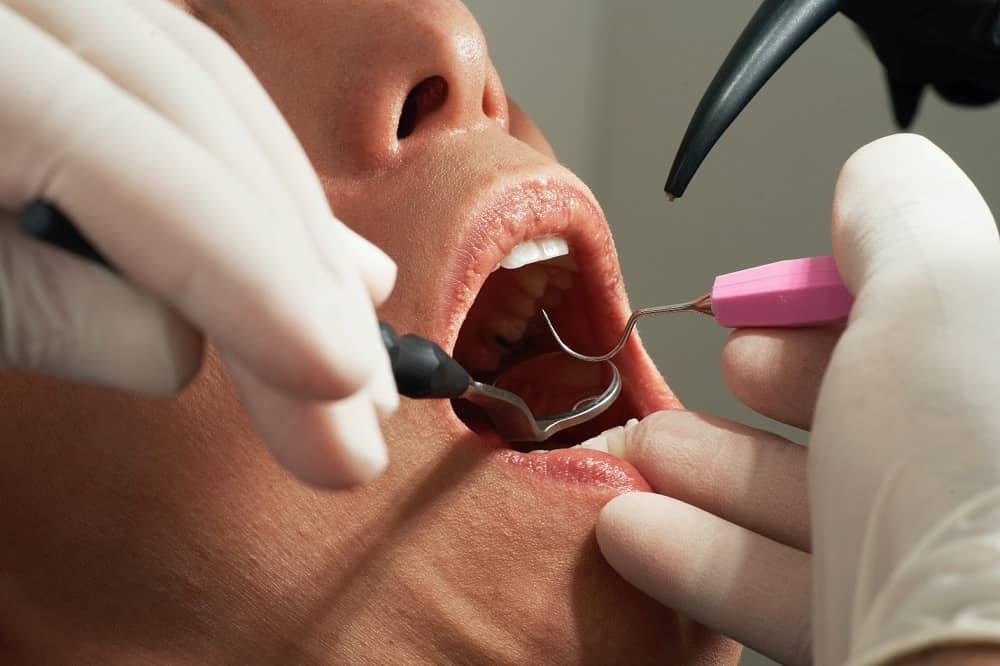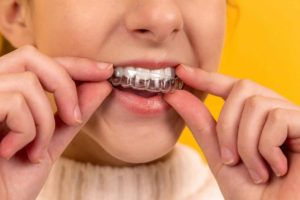
Have you heard of dental implants St Albans? Even if you’re unaware of them, they can be an excellent way of immobilising dentures or fixing bridges. If you have a history of wearing a bridge or dentures, you’ve probably experienced the soreness of motion and rubbing. Oral implants are considered the best permanent solution to friction sores. In this article, it is explained in more depth.
As dentures and bridges have gotten far better, moving away from the antiquated porcelain ceramics and towards composite polymer materials, these oral prosthetics have become mostly indistinguishable from natural teeth. But the drawback has been how to keep them securely and permanently in place. Rattling dentures does more than just giveaway a prosthetic to an observant stranger, but it forces patients to take on different speech patterns, using their lips and tongue to either hold the denture in place or not push too hard on it. It also dictates the food choices, removing sticky or hard foods from the menu. As the denture moves, it rubs against the thin skin of gum between gum and bone. There is nowhere for it to go and this skin soon is rubbed redraw and liable to tear as well as being far more susceptible to gingivitis and infection.
Resolving lose oral prosthetics
If it was some time ago that you received your oral prosthetics, your first option should be to check with your local dentist for a refit. Many of the technologies used in fitting dentures have provided the majority of clinics to use more advanced dental molding techniques and instead have replaced them with oral 3D scanners. This allows for a far more accurate model of the inside of your mouth to be captured, hence better fitting and less rubbing. So your first port of call should be seeking out a refit!
The permanent solution

However well fitted a denture may be, there will still be some degree of movement and even if that does not cause a medical issue or is entirely unnoticed by anybody else you will still feel it. And then there is a thought of breaking immersion; natural healthy teeth don’t move and this is where dental implants St Albans enter a league of their own.
These titanium inserts below the gum line are fused to the jawbone to act as an artificial root permanently anchoring whatever prosthetic is above them in place. They can be used on single teeth, like a crown with its own artificial root, but more often than not, a set of them is used to hold a larger prosthetic, either a holding a bridge or a set of four to eight implants anchoring a denture.
Implants are a significant investment in both time and money and should be seen as such. They are typically implanted in two sessions, with 4 to 12 months between them to allow the implant to become fully fused with the jawbone. During the time, when new bone is being laid around to the implant the gum above it is closed allowing you to continue with your everyday life. Once they are fully integrated they can be loaded with whichever prosthetic is most appropriate for you.






